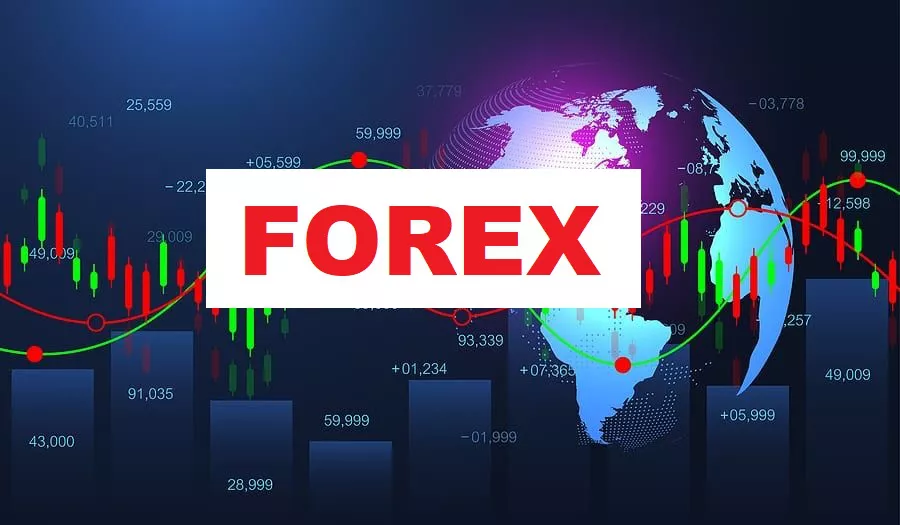Forex, or foreign exchange, is a global decentralized market where currencies are traded. Unlike traditional stock markets, Forex trading involves buying and selling currency pairs. The prices of these currency pairs fluctuate based on economic, political, and social factors. In Forex trading, the concept of “lots” plays a crucial role. This article will delve into what lots are, the different types of lots, and their significance in Forex trading.
What Are Lots in Forex?
In Forex, a “lot” defines the trade size, or the number of currency units to be bought or sold in a trade. It is a unit measuring a transaction amount. When traders place orders on their trading platforms, these orders are placed in sizes quoted in lots. Essentially, it’s like buying eggs in a carton; one carton includes a specific number of eggs, and similarly, one lot includes a specific number of currency units.
There are different types of lots, and the size of each lot determines the risk and potential reward associated with the trade. The four main types of lots in Forex trading are:
- Standard Lot
- Mini Lot
- Micro Lot
- Nano Lot
- Standard Lot
A standard lot is the largest of the four lot sizes and represents 100,000 units of the base currency. The base currency is the first currency in a currency pair, or the currency that the trader is buying or selling. For example, if a trader buys the EUR/USD currency pair, the euro (EUR) is the base currency, and the U.S. dollar (USD) is the quote currency.
Professional traders commonly choose standard lots because they allow for larger trades and can potentially generate higher profits. However, standard lots also come with higher risks, as the potential losses can be significant.
Different Types of Lots
1. Mini Lot
A mini lot is smaller than a standard lot and represents 10,000 units of the base currency. Mini lots are popular among intermediate traders who have less trading capital but still want to trade in relatively large sizes. Trading in mini lots allows traders to manage their risk more effectively by reducing the number of currency units they are exposed to.
For example, if a trader wants to buy the EUR/USD currency pair and uses a mini lot, they will be buying 10,000 units of the euro. If the exchange rate is 1.1930, the trader will be buying 10,000 euros for approximately $11,930 (10,000 euros x 1.1930 exchange rate).
2. Micro Lot
A micro lot is even smaller than a mini lot and represents 1,000 units of the base currency. Micro lots are ideal for beginners who want to experiment in Forex markets without risking much capital. Trading in micro lots allows traders to gain experience and develop their trading strategies without exposing themselves to high levels of risk.
For instance, if a trader wants to buy the EUR/USD currency pair and uses a micro lot, they will be buying 1,000 units of the euro. If the exchange rate is 1.1930, the trader will be buying 1,000 euros for approximately $1,193 (1,000 euros x 1.1930 exchange rate).
3. Nano Lot
A nano lot is the smallest of the four lot sizes and represents just 100 units of the base currency. Nano lots are not as common as standard, mini, or micro lots, and not all Forex brokers allow trading in nano lots. However, some brokers that offer micro trading accounts may also offer nano lots.
Trading in nano lots allows traders to further reduce their risk exposure and make very small trades. For example, if a trader wants to buy the EUR/USD currency pair and uses a nano lot, they will be buying just 100 units of the euro. If the exchange rate is 1.1930, the trader will be buying 100 euros for approximately $119.30 (100 euros x 1.1930 exchange rate).
The Role of Leverage in Forex Trading
Leverage is a crucial concept in Forex trading, and it allows traders to trade with more capital than they actually have in their accounts. Leverage enables traders to take larger positions and potentially generate higher profits, but it also increases the risk of losses.
In Forex trading, leverage is typically expressed as a ratio, such as 100:1 or 50:1. This ratio indicates how much capital the broker is willing to provide for each unit of capital that the trader has in their account. For example, if a trader has 1,000intheiraccountandthebrokeroffers100:1leverage,thetradercantradewithupto100,000 of capital.
However, it’s important to note that leverage can work both ways. While it can amplify profits, it can also amplify losses. Therefore, traders need to be cautious when using leverage and manage their risk effectively.
Calculating Trading Volume and Pip Value
In Forex trading, the trading volume refers to the number of currency units being traded. It is calculated by multiplying the lot size by the exchange rate. For example, if a trader buys one standard lot of the EUR/USD currency pair when the exchange rate is 1.1930, the trading volume will be 100,000 euros x 1.1930 = $119,300.
A pip (percentage in point) is the smallest unit price move an exchange rate can make based on Forex market convention. It is usually the fourth decimal place in a currency pair’s exchange rate. For most currency pairs, a one-pip movement is equivalent to $0.0001 or one-hundredth of 1% of the exchange rate.
The value of a one-pip movement (pip value) depends on the lot size and the exchange rate. For standard lots, the pip value is usually around 10.Forminilots,itisaround1, and for micro lots, it is around 0.10.Fornanolots,thepipvalueisusuallyaround0.01.
To calculate the pip value for a specific trade, traders can use the following formula:
Pip value = (Lot size / Exchange rate) x Pip movement
For example, if a trader buys one standard lot of the EUR/USD currency pair when the exchange rate is 1.1930 and the pip movement is 0.0001, the pip value will be:
Pip value = (100,000 / 1.1930) x 0.0001 = 8.38(roundedupto10 for simplicity)
Risk Management in Forex Trading
Risk management is crucial in Forex trading, as it helps traders to minimize losses and protect their capital. One of the most common risk management strategies is to use stop-loss orders, which automatically close a trade if the exchange rate moves against the trader by a specified amount.
Another risk management strategy is to limit the number of lots traded per position. Traders can use a risk percentage rule, such as the 2% rule, which states that no more than 2% of their total trading capital should be risked on any single trade. This helps to ensure that traders do not lose too much money on a single trade and can continue trading even if they experience a few losses.
For example, if a trader has 5,000intheiraccountandusesthe2100 on any single trade. If they are trading with standard lots and the pip value is 10,theyshouldnottrademorethan10lotsperposition(10lotsx10 pip value = $100).
The Importance of Choosing the Right Lot Size
Choosing the right lot size is crucial in Forex trading, as it can have a significant impact on a trader’s risk exposure and potential profits. Traders need to consider their trading capital, risk tolerance, and trading goals when choosing a lot size.
Beginners and traders with limited capital should start by trading with smaller lot sizes, such as micro or nano lots. This allows them to gain experience and develop their trading strategies without exposing themselves to high levels of risk.
Intermediate traders with more experience and capital can trade with mini or standard lots. However, they should still manage their risk effectively by using stop-loss orders and limiting the number of lots traded per position.
Professional traders who have a large amount of capital and a high risk tolerance may choose to trade with multiple standard lots per position. However, they should still use risk management strategies to minimize losses and protect their capital.
Conclusion
In summary, lots are a crucial concept in Forex trading, as they define the trade size and determine the number of currency units being bought or sold. There are four main types of lots: standard, mini, micro, and nano, and each has its own advantages and disadvantages.
Traders need to choose the right lot size based on their trading capital, risk tolerance, and trading goals. They should also manage their risk effectively by using stop-loss orders, limiting the number of lots traded per position, and using other risk management.
Related topics:

































